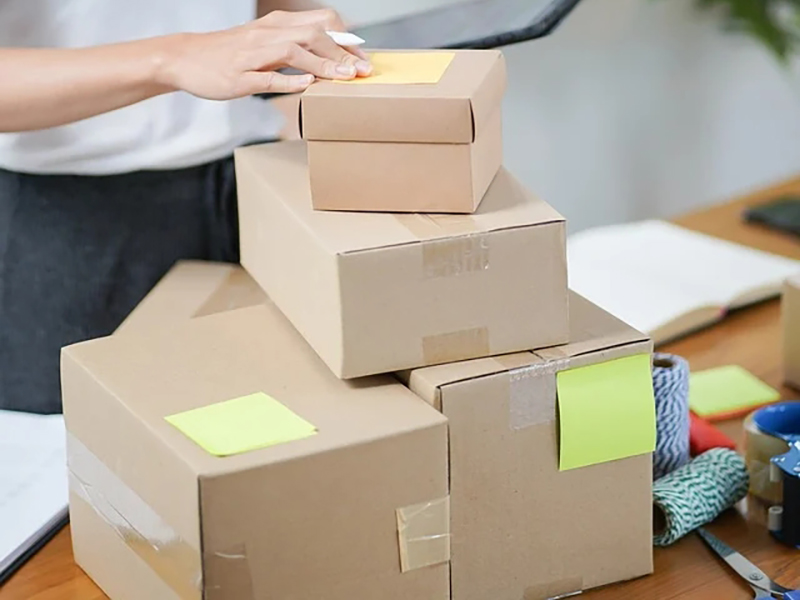As e-commerce continues to surge, so do online returns. Now more than ever, most online shoppers deliberately consider a retailer’s return policy before placing an order.
The National Retail Federation estimates that 13% of online purchases were returned in the 2020 holiday season, with a total value over $100 billion. Reverse logistics can no longer be an afterthought if retailers want to have a competitive edge while remaining profitable. So, what does this mean for your brand or business?
The True Impact of Returns
Shoppers often believe that returned items simply travel back to retailers the same way they came —but retailers and manufacturers know that’s rarely true. The real world of reverse logistics is complicated and can have negative ramifications for retailers and customers alike.
Warehouse logistics. While front-end strategies focus on delighting customers, back-end reverse logistics focuses on increasing efficiency, reducing costs, and maintaining the integrity of the returned product. Reverse logistics is much more expensive than forward logistics, primarily because of labor and shipping costs.
Return packages must be collected, shipped to a processing center, opened by hand, thoroughly inspected, reclassified, and repaired if necessary. After this robust inspection process is complete, the items are then repackaged and distributed to the next sales venue to be restocked. Businesses have established entire departments just to handle e-commerce returns, and it can take about two weeks to add a returned item back into inventory. Plus, the longer a product takes to be resold, the greater the chance that it expires or depreciates to the point of no profitability, thus making it more likely to end up as waste.
Sustainability. There’s an environmental cost that adds up when goods must make multiple journeys, and when multiple manufacturing cycles are needed to fulfill the same order. BBC Earth reports that return shipments generate 5 billion pounds of global waste each year, making reverse logistics a major contributor to landfills.
With the increased quantity of return shipments, sustainable packaging is in equally high demand. Consumers now expect the packaging they receive to have the convenience of recyclability or to be made with fiber-based or recycled content.
Customer loyalty. Some returns are unavoidable. Customers change their minds, are not satisfied with their purchase, or need a distinct size/color change. Today, shoppers are more dependent on easy returns than ever before, and often buy multiple items online with the intent to return some of them. How easy or difficult retailers make returns can help these fragile online relationships succeed or fail.
But how can you make the returns process simpler for both online shoppers and your fulfillment centers? An easy return process starts with the right packaging.

Returns are crucial to the consumer experience.
If you haven’t given enough thought to the process, now is the time to consider how packaging can optimize your returns. Packaging that easily integrates reverse logistics will minimize shipping costs, eliminate complexity, retain customers, and streamline your operation.
Providing clear, concise information about the return policy is an effective opportunity to delight the customer. One of the best ways to ensure customers have the same level of confidence in your company for both deliveries and returns, is the ease in which the delivery method can also become the return method. Most online shoppers seek reusable packaging that can quickly be resealed and returned.
Making the return process an integral part of the shopping journey will attract and retain more customers. And these days, online shoppers seek end-to-end fulfillment experiences, not just a convenient delivery service.